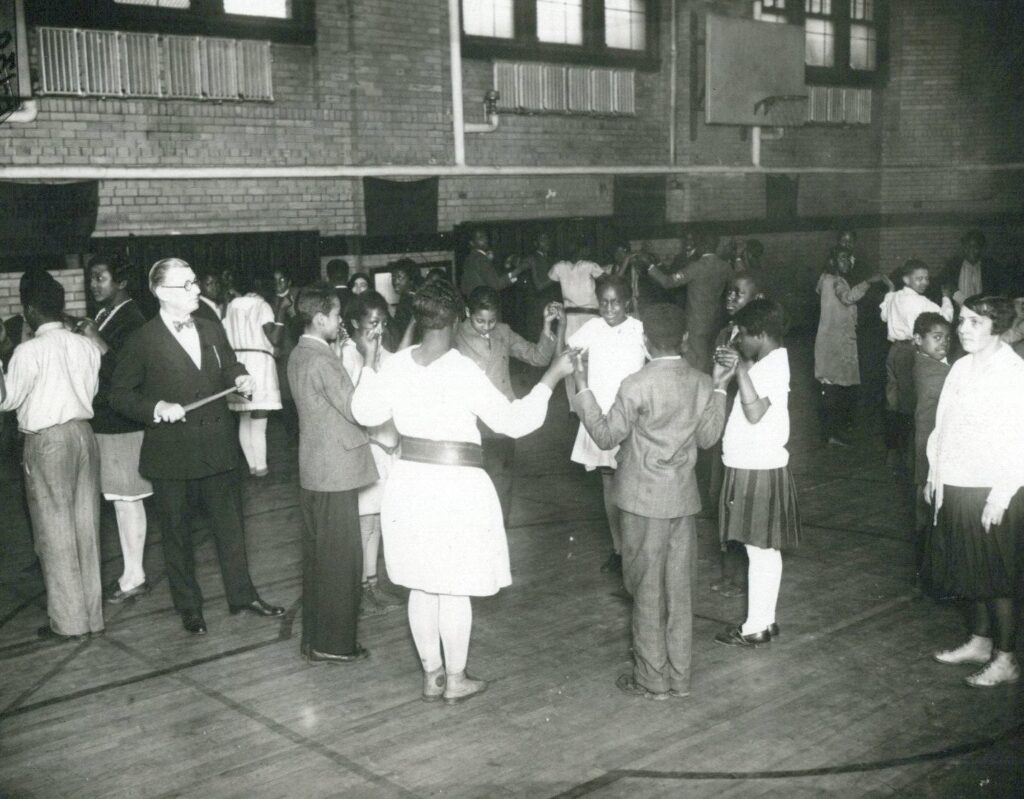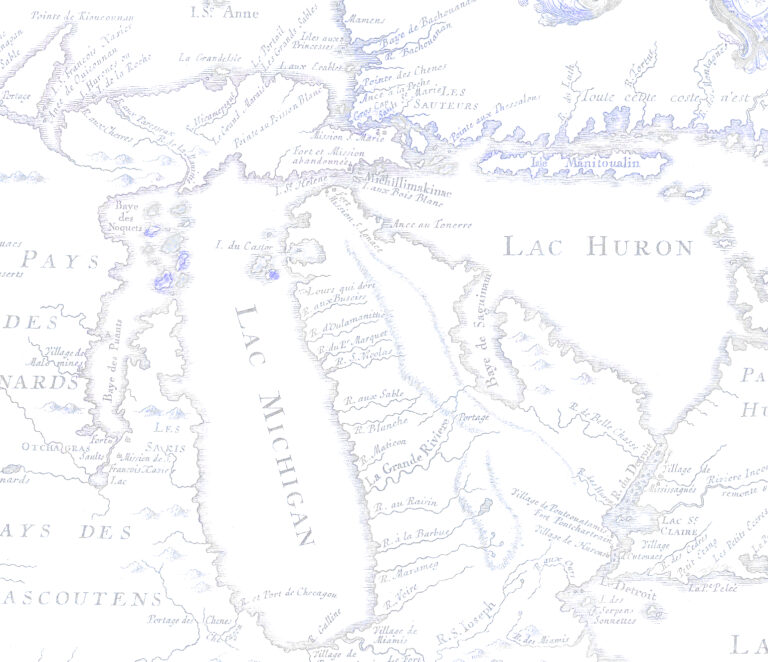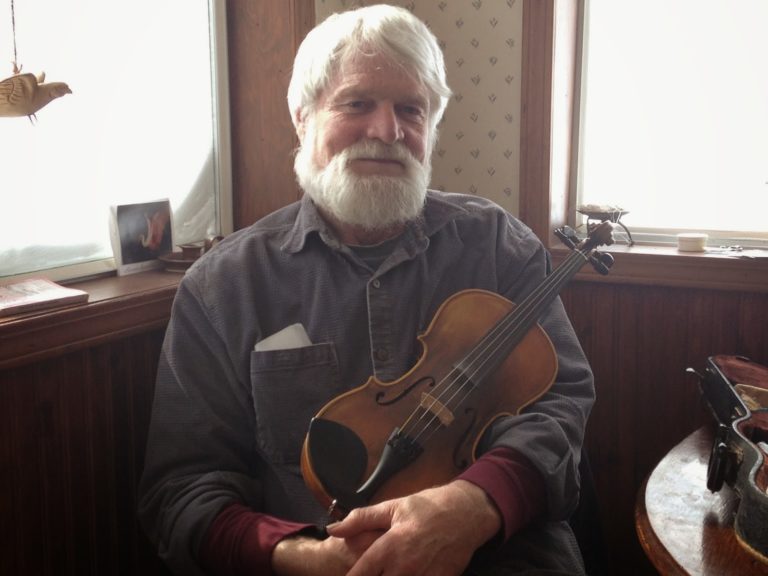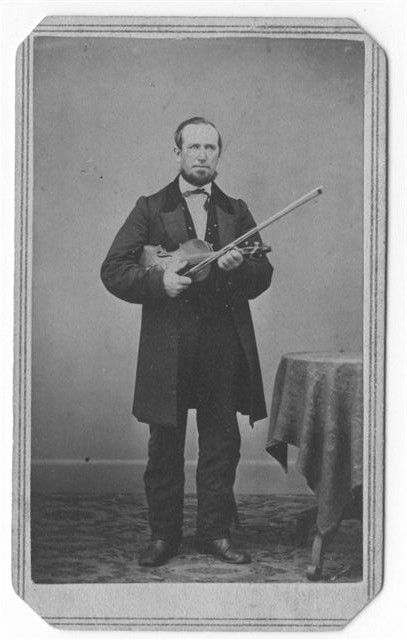Taken from Paul Gifford’s Facebook Post with Permission:
Someone contacted me privately about this issue, but I thought the topic might be appropriate for a post here. Rhiannon Giddens is a popular performer and she is obviously interested in history.
Apparently in speeches and interviews she has been using Henry Ford as a whipping boy for racial segregation in old-time music. In a speech made in 2018, she makes the statement “noted xenophobe Henry Ford founded fiddle competitions, but forbade blacks to enter.” See https://ibma.org/rhiannon-giddens-keynote-address-2017/
In a 2020 Rolling Stone interview, she was quoted as saying “Henry Ford would hold fiddle competitions and forbid black people from entering.” See https://www.rollingstone.com/…/country-music-racist…/
In an article for the New Yorker she says, “Henry Ford started proselytizing (successfully) for a square-dancing revival precisely because the music that accompanied it was not black. Had he known the deeper history of square dancing, he might have fainted.” See https://www.newyorker.com/…/rhiannon-giddens-and-what… A quick Google search found other examples.
I don’t like to have to defend someone who is well-known as a publisher of anti-Semitic diatribes (from 1920 to 1922), an opinionated and poorly educated public figure. But he has been used as a character featured in diatribes so much by people who really don’t know anything about his activities in this sphere that the subject deserves attention periodically.
Let’s respond to some of these comments. First, he never sponsored any fiddle contests. The source of this myth, found mostly in Tennessee-centered country music history, comes from newspaper stories from February/March 1926 about Uncle Bunt Stephens, who was then touring. He claimed to have bested a national field of 5000 (the number varies) field in a national fiddle contest sponsored by Henry Ford. Bunt Stephens was mentioned prominently in the 1951 Harry Smith Folkways anthology, and a 1970 article about Stephens, based on the 1926 stories, seems to be the ultimate source for these incorrect claims.
In fact, at the end of 1925 and through 1926 he received numerous requests (even from a governor, in one case) to give some sort of authorization or attendance or invitation to listen on the radio, etc. The responses he had his assistants send were polite and friendly, but he never wanted to make anything “official.” Someone with a New York City address proposed a national contest, but he had no interest in that, and it never went anywhere.
Now, Giddens may have found an advertisement for the rules of some fiddlers’ contest in that period that permitted only white contestants. I don’t know. But these were sponsored by any number of entities, including vaudeville houses, lodges, radio stations, etc., and of course Ford had nothing to do with these. Perhaps the best known was the series of contests sponsored by Ford dealers in Tennessee, Kentucky, and southern Indiana in January 1926 (Stephens was a winner). But these happened as a last-minute solution to the problem that a closed-circuit broadcast from New York City would not reach the Cincinnati listening area, because the station didn’t broadcast on those days. So the dealers came up with this plan on short notice.
Newspapers at the time used Ford to sell papers. The flapper/jazz issue was another hot button issue in 1926. Combine the two and you sold even more papers. But the best explanation of his interest in a public campaign comes from a New York Times interview, at the beginning of the “campaign” (publication of a dance manual), in which he says his opposition was to dances introduced in 1912 or so, like the tango, Hesitation waltz, and others. But mostly he wanted to demonstrate the particular style of dancing that he had done in the 1880s, when he was courting his wife.
His interest in this was personal, but he had to have a cover story. He had fathered a child by a married woman in 1923. Soon after, he got interested in dancing, especially to the music of a violin and [hammered] dulcimer, which frequently accompanied the dancing that he and his wife did when they courted. In short order, he found a fiddler, Jep Bisbee, who had been active playing for dances for 60 years. By December, he had a Hungarian engineer employee talking to Hungarian Gypsy musicians to get one to play a cimbalom (“dulcimer”). Eventually, by the summer of 1924, one was hired (Billy Hallup, a Rom whose parents had emigrated from Slovakia). So much for his xenophobia (not to mention his company hiring dark-skinned immigrants, such as Turks, Yemenis, Afghans, etc. who created Muslim communities in Highland Park and Dearborn). And he danced with his wife at every dance he sponsored.
He soon hired Benjamin Lovett, a Massachusetts dancing master, to learn and teach the old dances. Lovett had been interested in promoting dancing and etiquette classes in public schools. He started to do so in Dearborn, but that caused a local pastor to campaign against it! The fear of the anti-dancing sentiment held by many Baptists and Methodists caused Ford to try to promote square dancing as a wholesome activity.
There were definitely some black fiddlers in Michigan at that time (although not many), but the only ones that I have found who took part in his activities were Ed and John Campbell, of Dresden, Ontario, whose father came to Canada on the Underground Railroad and built a dance hall. According to Ruth Ann Shadd, in Breaking Loose: African-Canadian Dance in Southwestern Ontario, 1900-1955, an excellent local history published in 1995, the Campbell brothers were invited to play with Ford’s orchestra.
Meanwhile, Ford’s orchestra made regular visits to Detroit schools. Lovett’s formality probably caused the students to dread the visits, but nevertheless they did not discriminate against blacks. This photo shows Lovett instructing at the only black school (Lincoln) in Detroit at the time (1928).
Of course, Southern black migrants were very loyal to Ford, as he was the first auto manufacturer to hire them on the assembly line, rather than as janitors or in foundries. Any history of labor organizing will note that Ford was the last to recognize the UAW and that one of the problems was that black workers were very loyal to Ford.
I expect Ford to be a musical boogieman long after I’m gone, but I think certain myths deserve more accurate treatment. Facebook isn’t the place for it, but it’s an easy place to put it.




